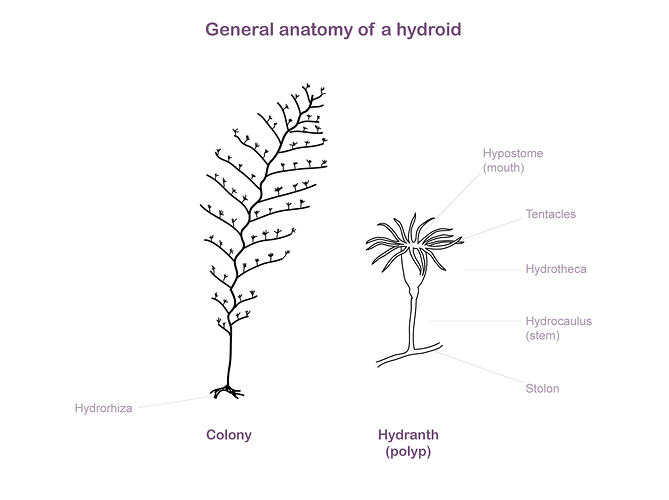General Description
Colony of individual polyps (hydranths) joined by a root-like network of tubular stolons at the base. Colony structure of single stems. Colour: white. Up to 3 cm high.
Biology
This is a common species that is one of several to occur at the entrance to Port Phillip.
Distribution
Port Philip, Victoria, Australia.
Habitat
Shallow subtidal, attached to old mollusc (particularly bivalve) shells in sandy to silty sediments.
More Information
-
Animal Type
-
Animal SubType
-
Fast Fact
The species is named for Andrew Newton, diving colleague of the author and underwater photographer.
-
Brief Id
White to red single stems.
-
Maximum Size
3 cm
-
Habitats
-
Diet
Plankton or Particles
-
Diet Categories
Plankton
-
Hazards
Generally not harmful but still able to sting bare skin.
-
Endemicity
-
Commercial
No
-
Conservation Statuses
DSE Advisory List: Not listed, EPBC Act 1999: Not listed, IUCN Red List: Not listed
-
Depths
Shallow (1-30 m)
-
Water Column Locations
On or near seafloor
-
Taxon Name
-
Scientific Author
Watson, 2008
-
Common Name
Hydroid
-
Phylum
-
Class
-
Subclass
-
Order
-
Family
-
Genus
-
Species Name
newtoni

